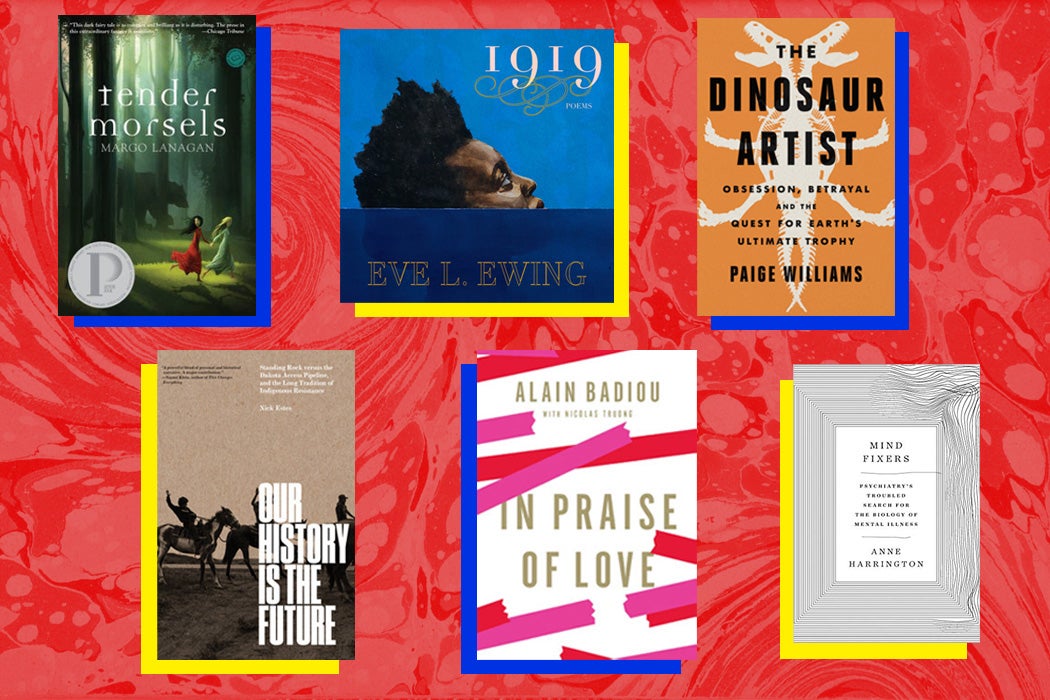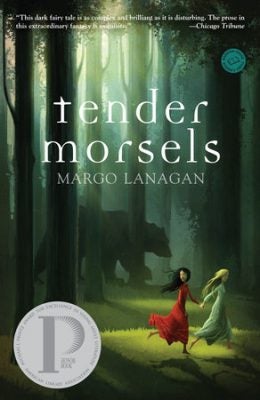 Erin Blakemore
Erin Blakemore
I’m rereading Margo Lanagan’s bizarre, hypnotic novel Tender Morsels, which rewrites the Brothers Grimm’s Snow-White and Rose-Red. It’s a YA book, but don’t let that keep you from reading it—it’s as narratively ambitious and haunting as any book for adults. (As are most young adult books in today’s golden era!)
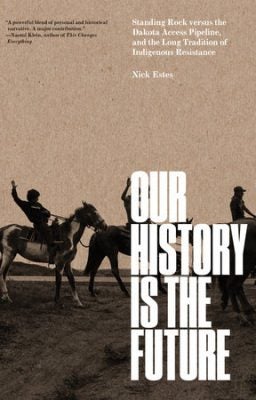 Livia Gershon
Livia GershonIn Our History is the Future, historian Nick Estes situates the 2016 Water Protectors protests at the Standing Rock Reservation within the long history of Native resistance. Three years before he joined the Standing Rock encampments, Estes spoke with Elizabeth Cook-Lynn, a writer, academic, and activist from an older generation who, like him, is a member of the Oceti Sakowin, or Great Sioux Nation. They talk about Native nationalism and the history of stolen resources, the origins of the Indian Studies discipline, and the family histories that inform their work.
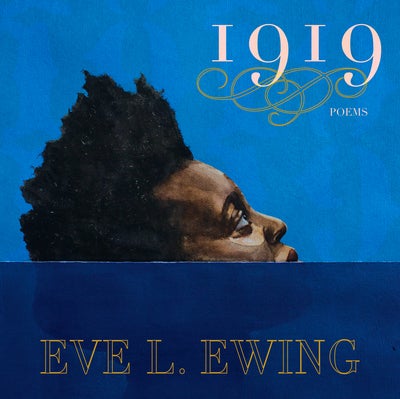 Catherine Halley
Catherine Halley
In 1919, Eve Ewing tells the story of the Chicago Race Riot that erupted on July 27 of that year, during the Red Summer when a wave of race riots broke out across the United States. In Chicago, tensions had been mounting for months prior to the incident in which a Black boy swimming in Lake Michigan was threatened by a mob of White men and boys, and either drowned or was struck and killed by a rock presumably for being too close to the “White area” of the beach. Each poem in the book is in conversation with a 1922 report, “The Negro in Chicago: A Study on Race Relations and a Race Riot,” prepared by a governor-appointed committee comprising six Black men and six White men who tried to understand what happened. You can read more about this report in The American Sociologist.

Farah Mohammed
“Mind Fixers: Psychiatry’s Troubled Search for the Biology of Mental Illness” by Anne Harrington takes on one of the most contentious arguments in the mental health debate today: the medicalization of mental illness. Culture has become fond of accusing doctors of narrow-mindedness and reckless overprescription, medical institutions have become too rigid in their diagnostic and treatment procedures, and patients often find themselves having to choose sides when seeking relief. Harrington deftly explores the history that led to the fractured situation we find ourselves in, to help us create a more cohesive narrative for the many people suffering from mental distress. On a similar note, Tina Chakravarty, in a 2011 paper for the Sociological Bulletin, entitled “Medicalisation of Mental Disorder: Shifting Epistemologies and Beyond,” examines how “the historical shift from ‘madness’ to ‘mental illness’ involved paradigmatic changes along with the emergence of distinct conceptual categories.”
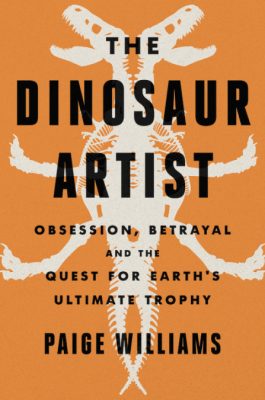
Matthew Wills
How much is a fossil dinosaur worth? In our new gilded age, the answer can be in the millions. And where there’s money like that, look out science! Paige Williams’s artful The Dinosaur Artist: Obsession, Betrayal, and the Quest for Earth’s Ultimate Trophy explores the fascinating and murky world of the international dinosaur bone market. It turns out there’s a different kind of money trail in the paleontology of human (and human ancestor) remains as well. A good related source is “The Fossil Trade: Paying the Price for Human Origins” by Peter C. Kjærgaard
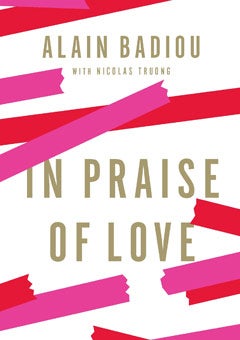 Elizabeth Winterhalter
Elizabeth Winterhalter
The works of the French philosopher Alain Badiou cover an extraordinarily wide range of topics, from set theory in mathematics to the political value of the idea of communism. In Praise of Love, a slim 2012 volume from The New Press, finds him in conversation with the journalist Nicolas Truong on arguably the most important topic of all: the meaning of love. In just a few short chapters, Badiou lays bare his concern for love’s well being in the age of consumerism and online dating, saying that “[r]isk and adventure must be reinvented against safety and comfort.” Badiou tackled the other “ultimate subject” of philosophy—namely, death—in an earlier article for the journal Discourse. For a Freudian, what else is there?
Support JSTOR Daily! Join our new membership program on Patreon today.
